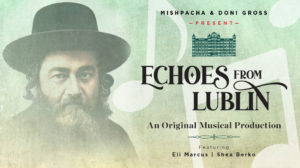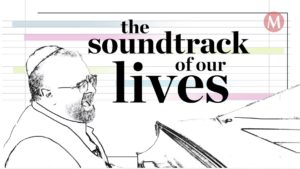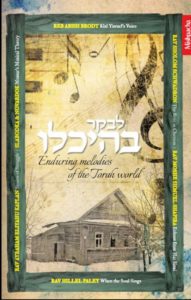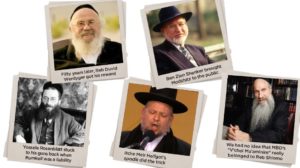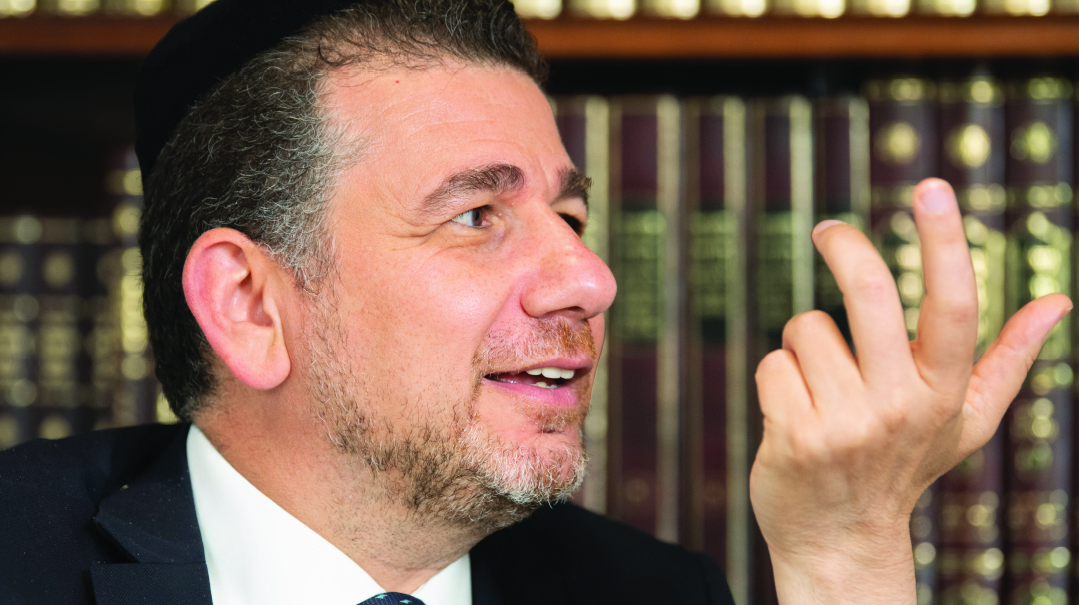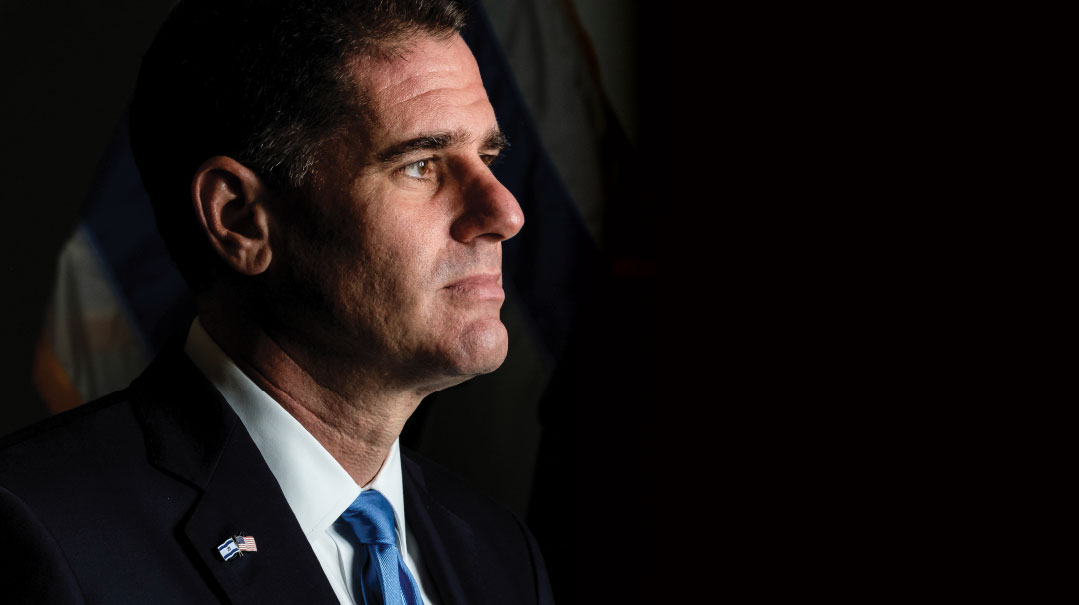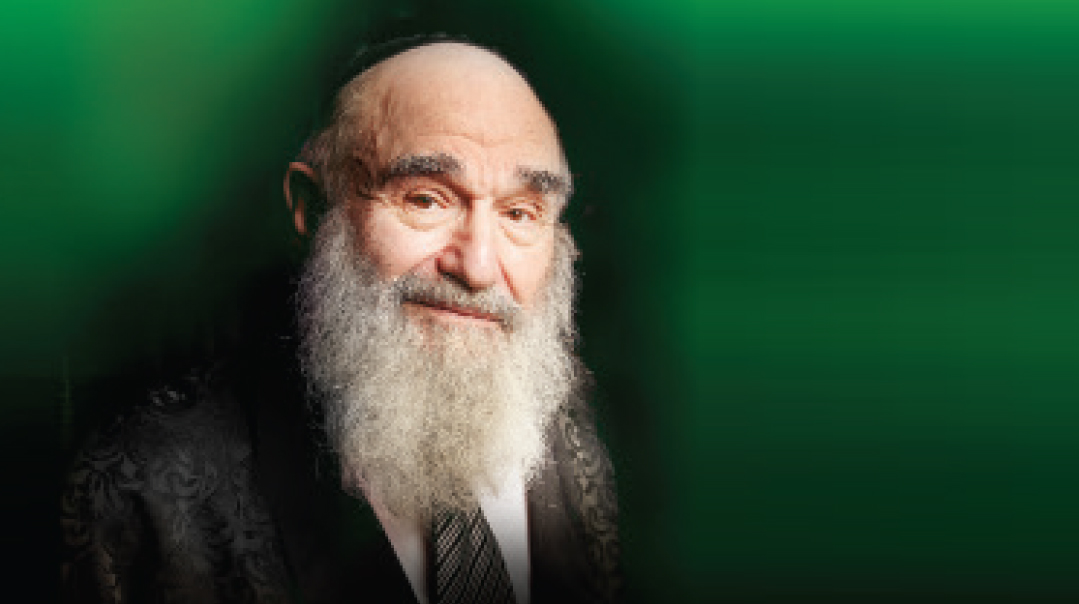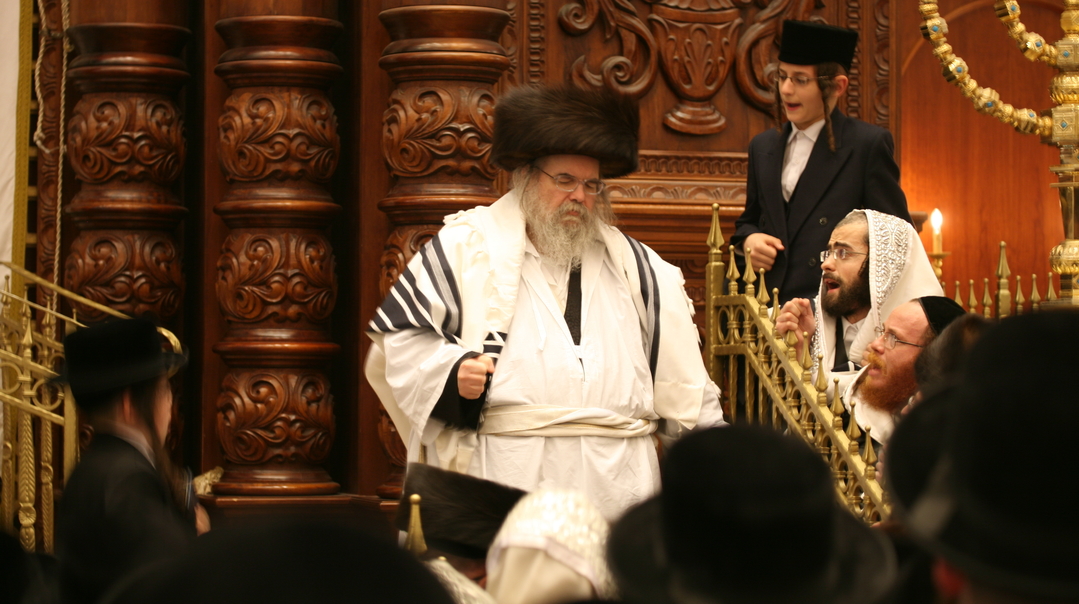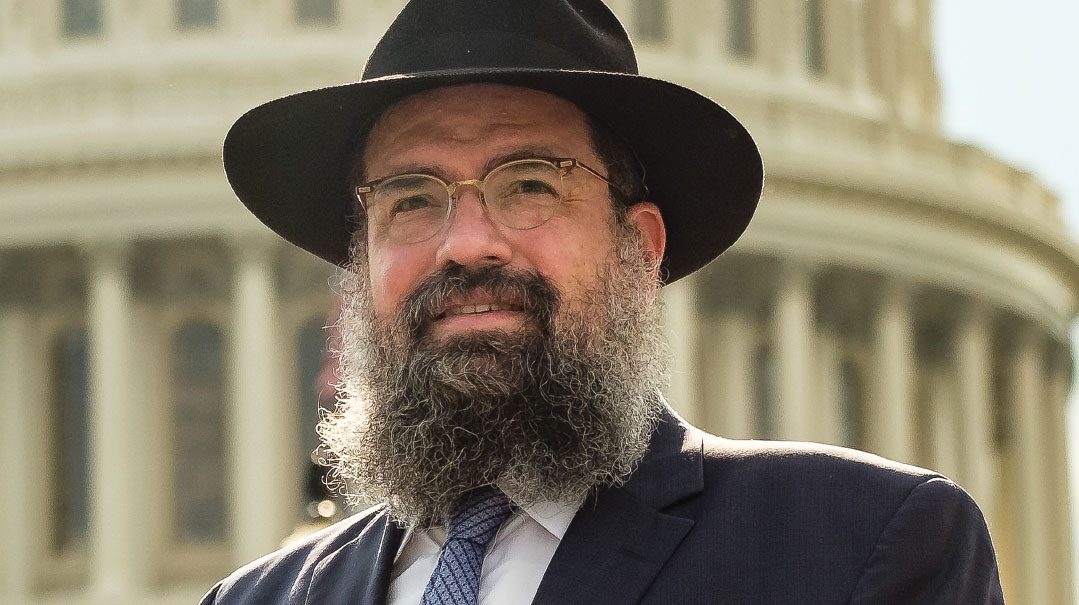The Eighth Note
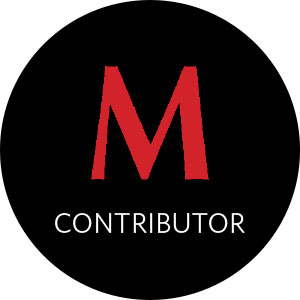
A stone’s throw from Har Habayis, Itai Levy is recreating the musical instruments that set the background melody of the Beis Hamikdash and replicating the eight-stringed harp played by his own ancestors
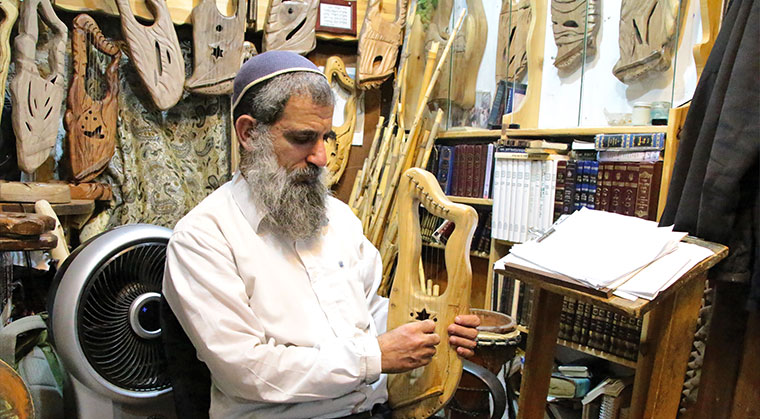
(Photos: Shlomo Trichter)
On your next trip to Jerusalem, if you are brave enough to take one of the walking tours through the Old City’s Muslim Quarter, a tantalizing sound may catch your ear as you stroll by an open window in Beit Chevron. The peals of a stringed musical instrument — not quite a guitar, not quite a harp — float on the air and draw you in.
Maybe, just maybe, you are hearing tones that echo across the millennia from the time of the Beis Hamikdash. You have come upon the residence and workshop of Itai Levy, a student of Torah and music in Jerusalem’s Old City who has invested countless hours of research and effort in replicating the sheminis, one of the instruments played by his Levite ancestors on the holy site only a stone’s throw away.
“Technically, we don’t know a lot about the song of the Leviim in the Beis Hamikdash,” says Itai Levy, 45. “Of course, we all know that it was a very lofty, spiritual song that implanted thoughts of teshuvah and a longing to be closer to Hashem in those bringing korbanos to the Beis Hamikdash. The song brought tremendous joy on the Shalosh Regalim, which led to ruach hakodesh.”
That song has called Levy to make it his life’s work. The product of a traditional Israeli home — he went to shul with his father on Yamim Tovim, but his family wasn’t quite Shabbos observant — Itai embarked on a spiritual quest that, after army service, led to stints in several yeshivos: Machon Meir, Har Hamor, Ateret Kohanim, and Porat Yosef.
Itai’s growth in Torah has coincided with his music education. He is mostly self-taught. Hearing a Peruvian pan flute in South America after army service drove him to master first that flute, then the sopranino recorder, then the ney, an ancient type of Middle Eastern reed flute. He picked up the guitar, tried his hand at drums, and then began a fascination with the harp. He learned to play these instruments by ear, only later taking the trouble to study formal musical notation.
“Even later, when I already knew a lot about notation, I preferred to play by ear,” says Itai.
Now Itai is fusing his Torah learning and his love of music to plumb the depths of Tanach and Chazal on the role of melody in the Temple service. He is channeling the mourning over the Churban and the yearning for the Geulah into concrete action.
Oops! We could not locate your form.
